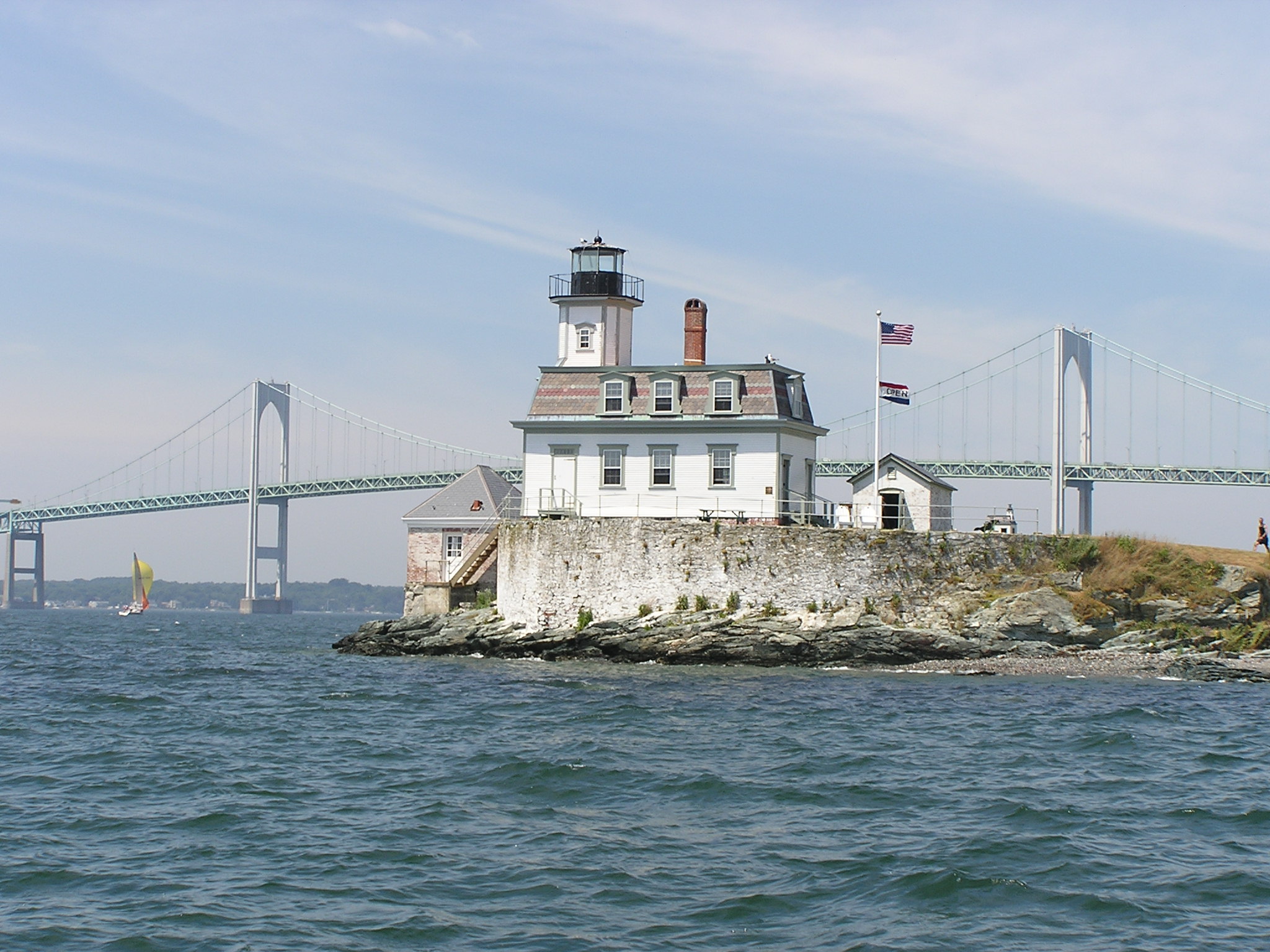Lighthouse Tours
… for true lighthouse aficionados!

When you join a Save The Bay Ultimate Lighthouse Tour, you’ll experience Narragansett Bay’s historic lighthouse sites first hand! Enjoy breathtaking views of the Newport Pell Bridge, Gaspee Point, Prudence Island and historic Fort Adams—and be amazed by how many iconic sites you can see on just one tour.
On this 7-hour tour, you’ll view up to 20 active and inactive lighthouse sites in Narragansett Bay. Starting in Providence, we will motor down the West Passage to Newport and return home via the East Passage. A stop at Rose Island will provide an opportunity to explore the grounds. Lunch will be provided at Rose Island.
Expert Narration
Save The Bay educators provide expert narration on all Lighthouse Tours. Discover the historic role Rhode Island’s lighthouses played in the history of the Bay and those that are actively assisting in marine navigation.
What to Bring
Come prepared for a few hours on the water (hats, sunscreen, light outerwear for the afternoon sea breeze, and snacks). Lunch will be provided along with drinks, water and binoculars. Bring your camera!
WHEN:
All tours take place from 9 a.m.-4 p.m.
Tour dates below.
WHERE:
Save The Bay Center100 Save The Bay Drive
Providence, RI 02905
PRICING:
Adult, non-member: $125
Save The Bay members, seniors, and children ages 3-12: $110
Children under 3: Free
TOUR DATES & TICKETS:
Click your preferred tour date below to purchase tickets:
Saturday, June 1
Saturday, June 8
Saturday, September 7
Friday, September 13
Saturday, September 21
Friday, September 27
Saturday, October 5
Gift certificates are available! Purchase here.

